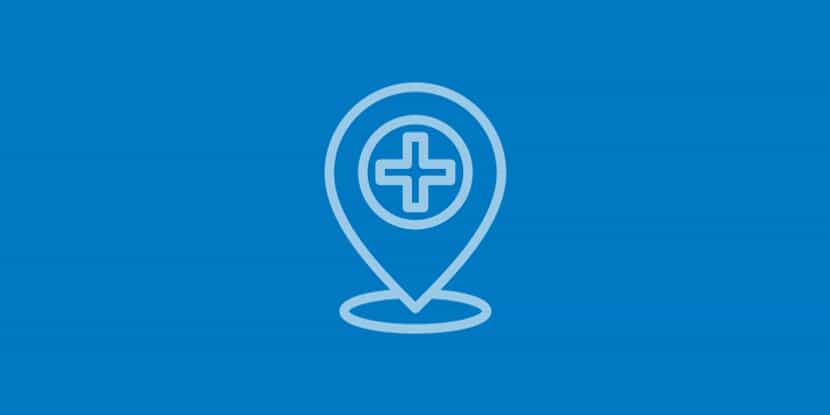Rheumatology
Arthritis & Joint Treatments in the Central Coast
There are over 100 rheumatic diseases that can affect the human body. A rheumatic disease is a condition that targets your joints and muscles. These diseases can be exceedingly painful, and even life-threatening in severe cases.
The rheumatologists at Salinas Valley Health specialize in treating joint and muscle pain. Your doctor works closely with you to develop a personalized treatment plan that may include pain management, medication, physical therapy, injections and other methods designed to mitigate symptoms.
Diagnosing a Rheumatic Condition
It may take a while before your primary care physician refers you to a rheumatologist. Muscle and joint pain can be caused by numerous circumstances, and it is typically only after traditional treatments have failed that rheumatology is brought up. If you believe your condition is the result of a rheumatic disease, mention this to your doctor for their opinion. You are more likely to develop a rheumatic condition if someone in your family has had one.
Rheumatic disease symptoms include:
- Decreased flexibility
- Pain
- Joint stiffness in the morning
- Swelling
- Redness around the affected joint
- Unusual warmth around joints
Rheumatic Diseases
During your first visit to the rheumatologist, you will be asked about your medical history and the specifics of your condition. The doctor will then perform a series of tests to determine which type of rheumatic disease you have, if any.
The following are examples of rheumatic diseases:
- Osteoarthritis – This is the most common form of arthritis. It damages the cartilage that acts as cushioning between bones and joints, making it painful to move and stretch.
- Rheumatoid arthritis – In this common rheumatic disease, the body’s immune system starts targeting both sides of the body’s joints. No one knows why this happens, but researchers have found this condition more commonly affects women between the ages of 40 and 60.
- Gout – This is a form of arthritis that usually affects the big toe. Thin, sharp crystals form in uric acid in the joints and inflame the tissue, resulting in pain and reduced mobility.
- Reactive arthritis – Also called Reiter’s syndrome, this form of arthritis develops as a result of infection in other parts of the body such as the urinary tract or bowels. Essentially, it is the body negatively reacting to a disease like chlamydia or gonorrhea.
- Ankylosing spondylitis – This disease usually affects men during their adolescence. It starts as mild pain in the lower back and gradually becomes more intense, damaging the joints connecting the spine to the pelvis.
If you have joint pain that doesn’t seem to be getting any better, research your family history and rheumatic diseases. The best way to diagnose rheumatic conditions is to consult with a rheumatologist and give them specific information about your pain.



